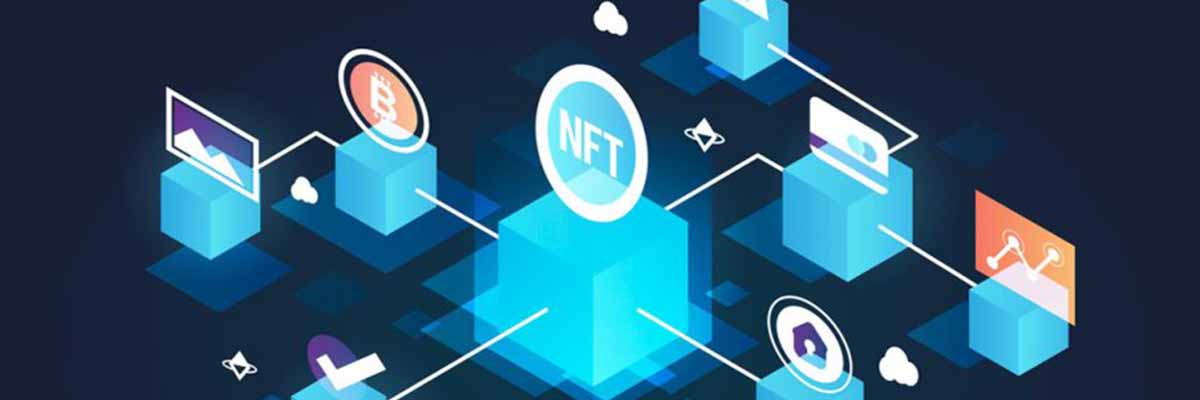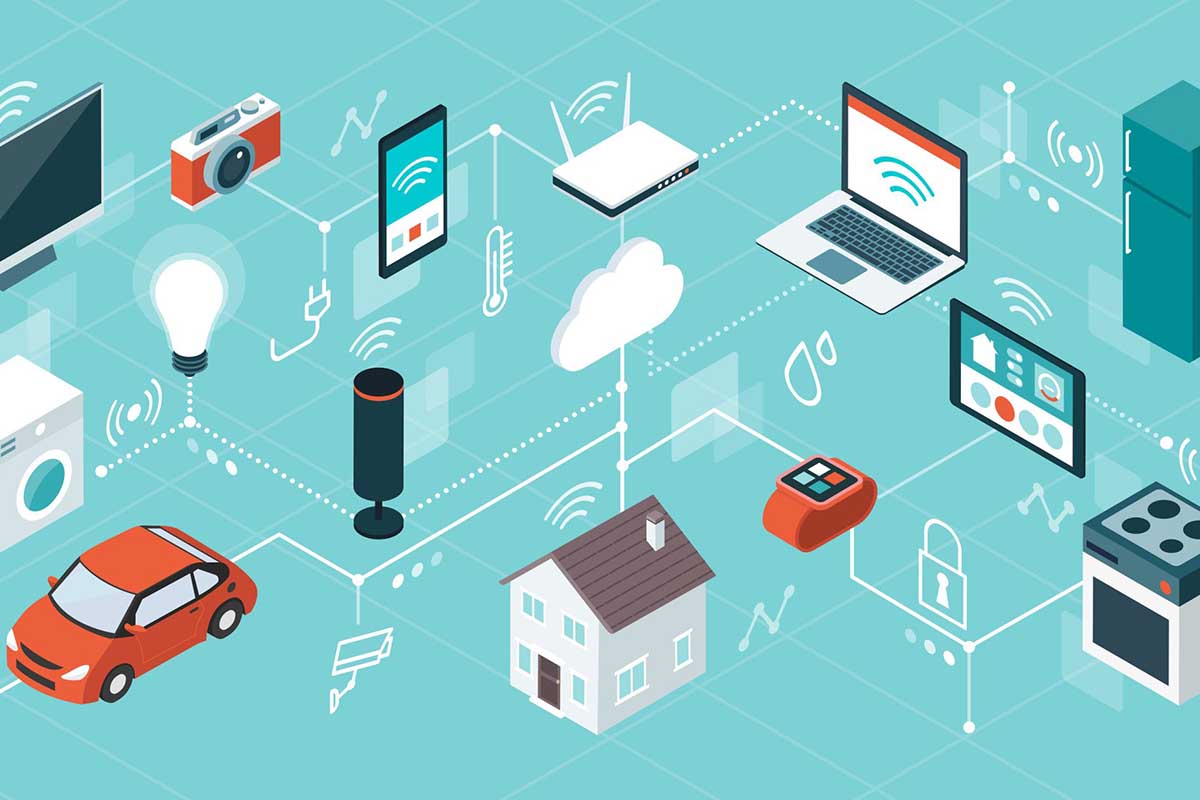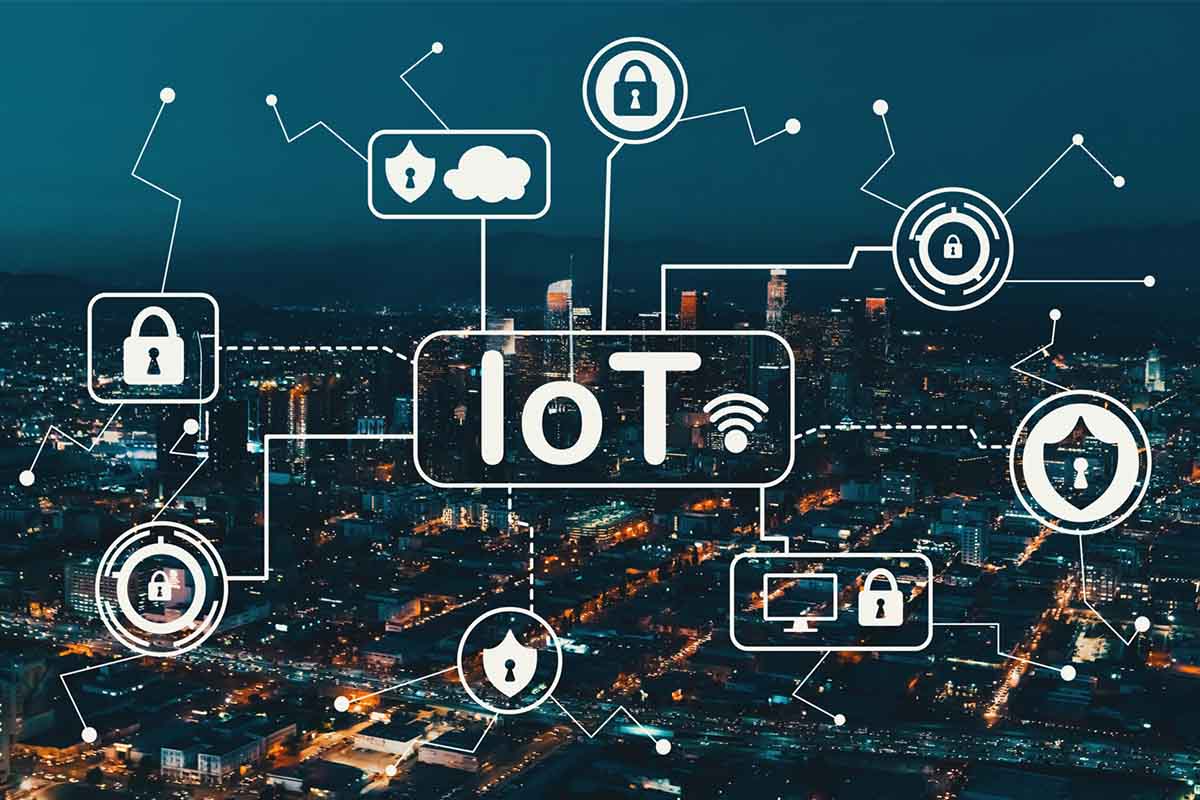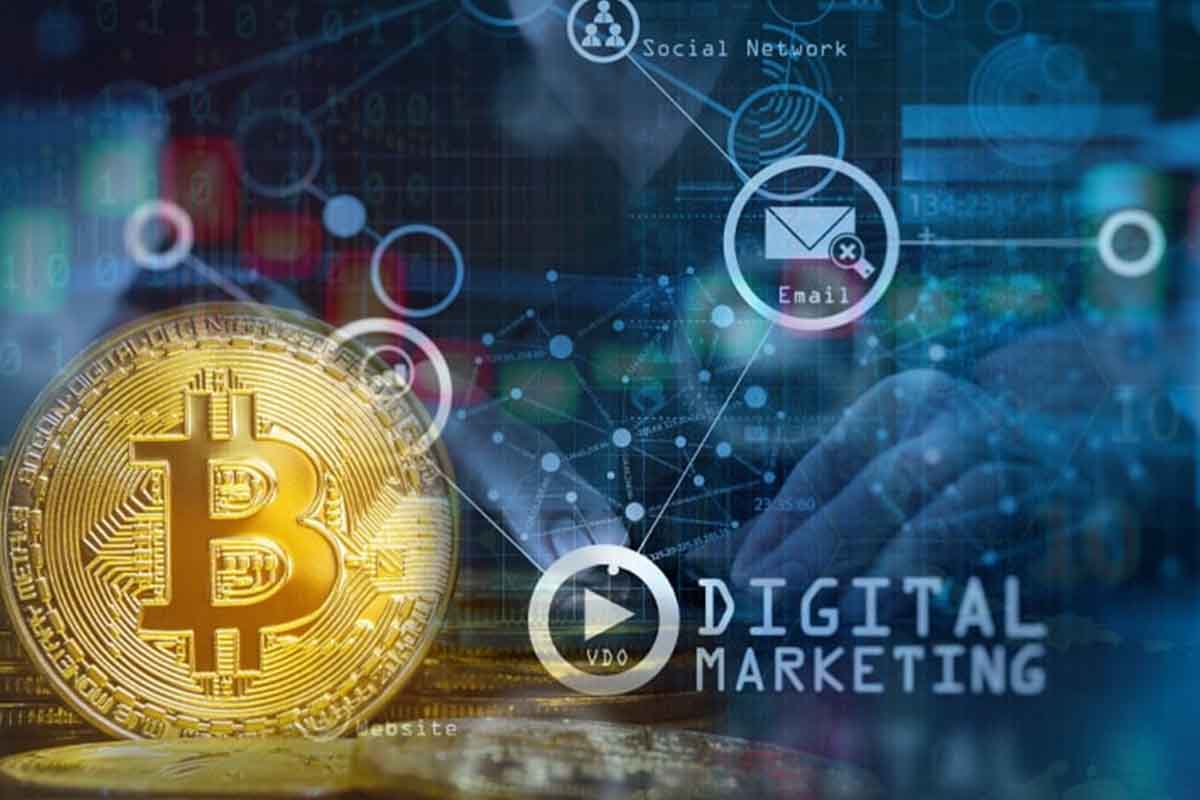Web3, often referred to as the third generation of the internet, represents a new paradigm in web interaction, characterized by a decentralized and user-centric approach. It encompasses several technologies and concepts that redefine how users interact with the web.
The key components of Web3
Web3 represents a significant shift towards a more open, connected, and intelligent internet. Its reliance on blockchain for decentralization, AI for intelligent data processing, and AR/VR for immersive experiences reflects a move towards a more interactive, secure, and user-controlled online world. The integration of these technologies in Web3 promises to unlock new possibilities for how we interact with digital content, manage digital assets, and experience the internet.
1. Blockchain Network
Decentralization: At the heart of Web3 is blockchain technology, which enables decentralization. Unlike traditional web services (Web2), where data is stored in centralized servers, blockchain distributes data across a network, enhancing security and reducing reliance on central authorities.
Smart Contracts: These are self-executing contracts with the terms of the agreement directly written into lines of code. They are fundamental to creating decentralized applications (dApps) on blockchain networks.
Tokenization and Cryptocurrency: Blockchain enables the creation of digital assets, like cryptocurrencies and tokens, which can represent ownership, access rights, or specific assets in the digital world.
2. Artificial Intelligence (AI)
Data Analysis and Insights: AI can process and analyze vast amounts of data generated on decentralized networks, providing insights and enhancing user experiences.
Decentralized AI: Combining AI with blockchain could lead to decentralized AI models where algorithms are not controlled by any single entity and data privacy is preserved.
Autonomous Agents: AI-driven bots or agents could operate autonomously on blockchain networks, making decisions, executing trades, or performing tasks based on predefined criteria.
3. Augmented Reality (AR) and Virtual Reality (VR)
Immersive Experience: AR and VR are set to play a pivotal role in Web3 by creating immersive and interactive digital environments. This could redefine online social interactions, gaming, education, and e-commerce.
Integration with Blockchain: By integrating with blockchain, these technologies can offer enhanced security, identity verification, and a new level of interactivity in digital spaces, like NFTs (Non-Fungible Tokens) in virtual worlds.
Digital Ownership and Interoperability: AR and VR in Web3 contexts emphasize user ownership of digital assets and interoperability across different platforms and virtual environments.
4. Other Emerging Technologies
Internet of Things (IoT): IoT devices can connect with decentralized networks to securely share data and execute smart contracts automatically.
Decentralized File Storage: Solutions like IPFS (InterPlanetary File System) offer decentralized storage options, ensuring data integrity and reducing dependency on centralized cloud storage providers.
The Development Trend Analysis of Web3
Web3, often heralded as the next evolution of the internet, embodies a set of characteristics that set it apart from its predecessors (Web1 and Web2). These characteristics highlight a shift towards decentralization, user sovereignty, and a blend of advanced technologies.

1. Decentralization
Distributed Networks: Unlike the current web (Web 2.0), which relies heavily on centralized servers and platforms owned by a few major companies, Web 3.0 is moving towards a more decentralized structure, built on predominantly blockchain technology. This is facilitated by blockchain technology, which allows data and applications to be stored and run on a distributed network of computers. This means no single entity has complete control over the Internet or its major services.
Peer-to-Peer Interactions: Web3 facilitates direct peer-to-peer interactions, financial transactions, and exchanges of information without the need for intermediaries.
2. User Sovereignty and Privacy
Data Ownership: Users have control over their data. In Web3, you can decide how much data to share, with whom, and under what conditions.
Enhanced Privacy: Through encryption and decentralized data storage, Web3 offers improved privacy features, allowing users to maintain anonymity and secure their information. Decentralized networks can potentially reduce the risk of data breaches and misuse of personal information.
3. Token-Based Economics
Cryptocurrencies and Tokens: Web3 introduces an economy powered by digital currencies (like Bitcoin, and Ethereum) and tokens, enabling new business models, monetization strategies, and value exchange methods.
Incentivization Mechanisms: Users can be rewarded with tokens or digital assets for their contributions to the network (like content creation, data sharing, or network maintenance).
4. Trustless and Permissionless Systems
No Trust Required: Interactions on Web3 don’t require trust in a central authority. The trust is in the technology, code, and algorithms.
Open Participation: Anyone can participate without authorization from a governing body. This includes accessing financial services, markets, and applications.
5. Interoperability and Seamless Integration
Cross-Platform Compatibility: Web3 aims for a high level of interoperability among various applications and networks, allowing seamless data exchange and interaction. This means that applications and services are designed to work together seamlessly, regardless of the platform or device they are on.
Integration with IoT and AI: Web 3.0 is expected to further integrate with the Internet of Things, leading to a more connected and smart environment where devices can communicate with each other and with web services more efficiently.
Semantic Web: A significant aspect of Web 3.0 is the semantic web, where data is interconnected in a way that machines can easily understand and use. This allows for more intelligent and context-aware searching, data analysis, and automation.
6. Smart Contracts and Autonomous Organizations
Self-Executing Contracts: Smart contracts automatically execute transactions based on predefined rules, reducing the need for intermediaries and enhancing efficiency.
Decentralized Autonomous Organizations (DAOs): These are organizations run by code rather than people. They are governed by community members who make decisions collectively.
7. Immersive Experiences
Use of AR and VR: Web 3.0 aims to provide more interactive and immersive experiences online. This includes the development of virtual reality (VR) and augmented reality (AR) technologies and more sophisticated and personalized user interfaces.
Metaverse Development: The concept of a metaverse, a collective virtual shared space, is closely associated with Web3, offering a new dimension to how we interact online.
Conclusion
Web3 marks a paradigm shift in how we interact with the internet, characterized by decentralized control, enhanced user empowerment, token-based economies, and a blend of cutting-edge technologies. This evolution promises a more transparent, user-friendly, and efficient internet, although it’s still in the early stages of development and adoption.




